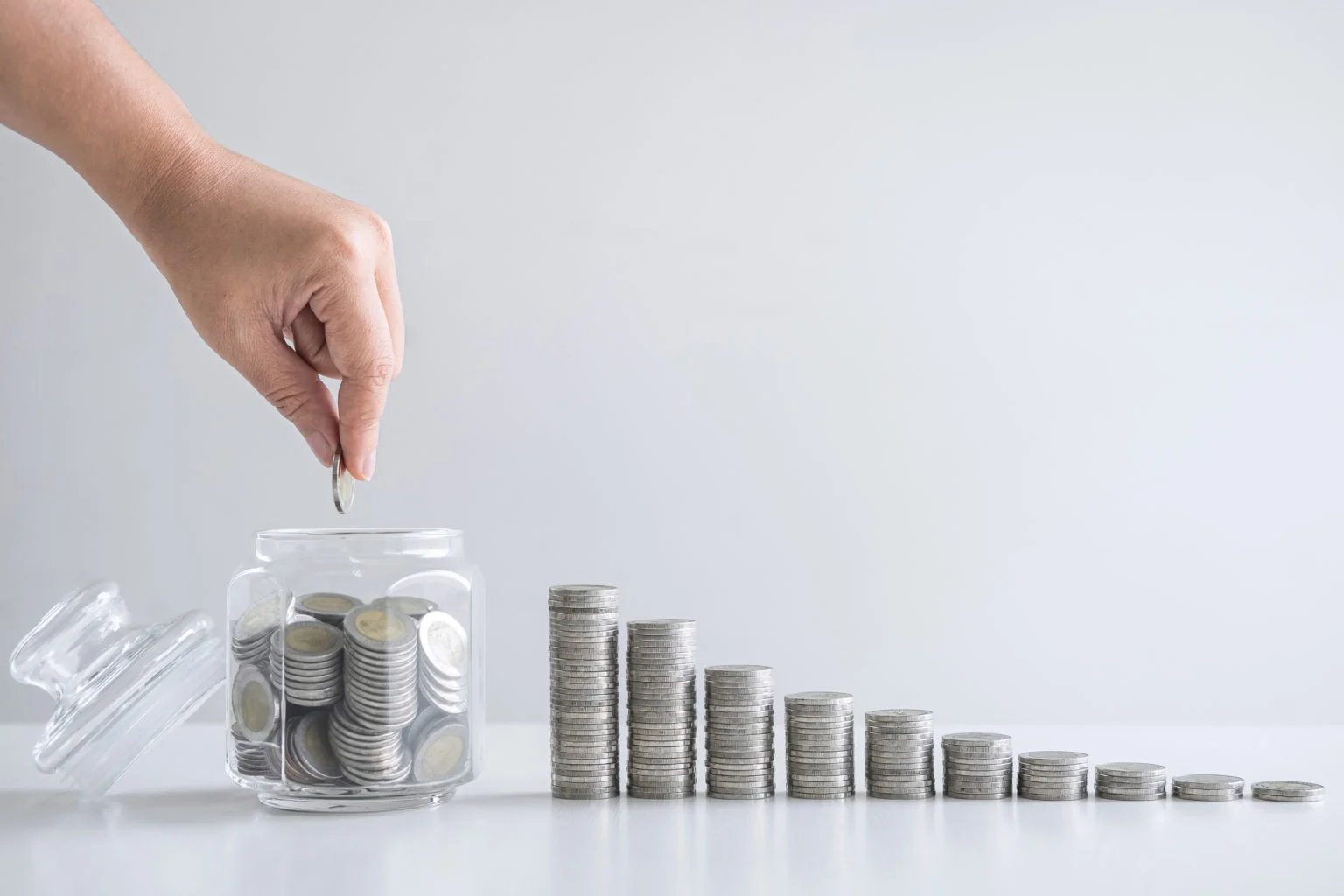Tag: unpaid debt

At $140 billion, the nation’s unpaid medical bills are the single largest form of past due debt. One thing driving this is no doubt rising deductibles for health insurance. A third of insured Americans said in a survey that it is difficult to pay the deductibles in their employer health insurance plans and in t…

For half to two-thirds of the college loans made over the past decade, the former students owe more than they initially borrowed. This is the result of a federal program that bases monthly student loan payments on the borrowers’ income if they aren’t earning enough to afford the standard payments. But the monthly payments in…



